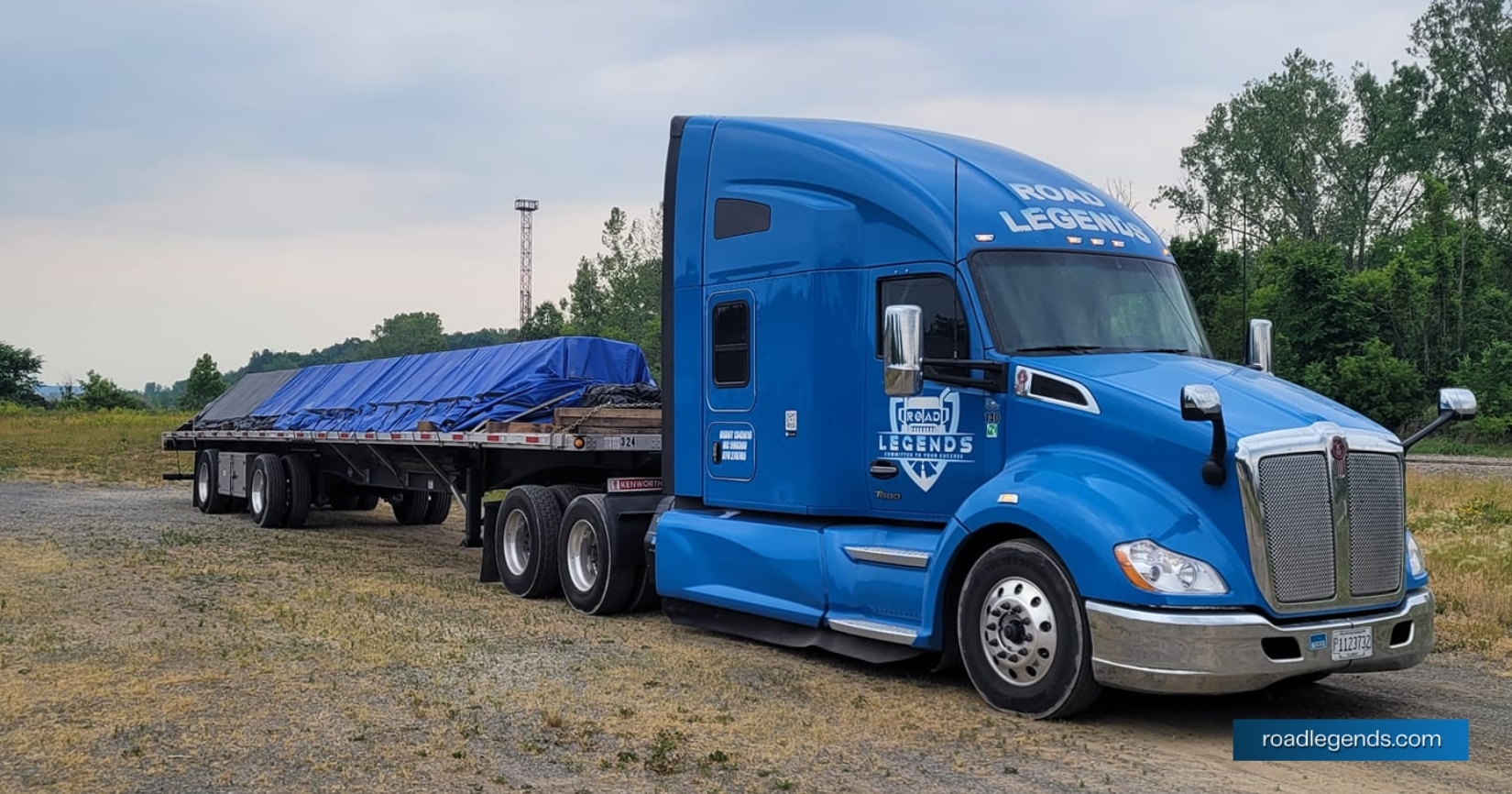
7 Easy Ways To Secure Your Cargo In A Flatbed Truck
Ensuring that cargo on a flatbed truck is properly secured is crucial for protecting the freight, carrier, driver, and people. This article will discuss the importance of securing flatbed truckloads, covering the methods for tying down a flatbed load and the regulations associated with tie-down procedures. Additionally, we'll provide detailed insights to help you understand the critical aspects of safely transporting cargo on a flatbed truck.
What does it mean to secure your load properly?
Properly securing your load is like using seat belts for cargo. It ensures that whatever you're hauling stays in place throughout the journey. This isn't just about preventing damage to the flatbed truck but also protecting what you're carrying. Imagine transporting something delicate, like chemicals or food. If they are not secured properly, it could be dangerous for everyone on the road. So, load securement is like putting everything in its place and making sure it stays there, safe and sound. It's a way of ensuring that what you're delivering reaches its destination just as it started – intact and undamaged.
7 ways to secure loads on a flatbed truck
Now that we have discussed the importance of properly securing loads on a flatbed truck let’s discuss 7 ways to do it. Making sure your cargo stays secure on a flatbed truck is really important for safe and successful transportation.
1. Inspection of the flatbed truck
Before loading cargo onto a flatbed truck, inspecting the flatbed itself thoroughly is crucial. This step is essential to identify any potential issues that impact the securement of the cargo during transportation. The inspection involves checking for any damage, ensuring the anchor points are robust, and maintaining a clean deck. At Road Legends, our fleet primarily consists of models from 2019 or newer, and we prioritize regular and extensive routine maintenance. This practice is designed to keep our flatbeds in optimal condition, minimizing the risks associated with loading and transporting cargo. By adhering to these measures, we strive to enhance the safety and reliability of our flatbed operations, providing a secure and efficient transportation solution for various types of cargo.
2. Hooking and threading of the straps
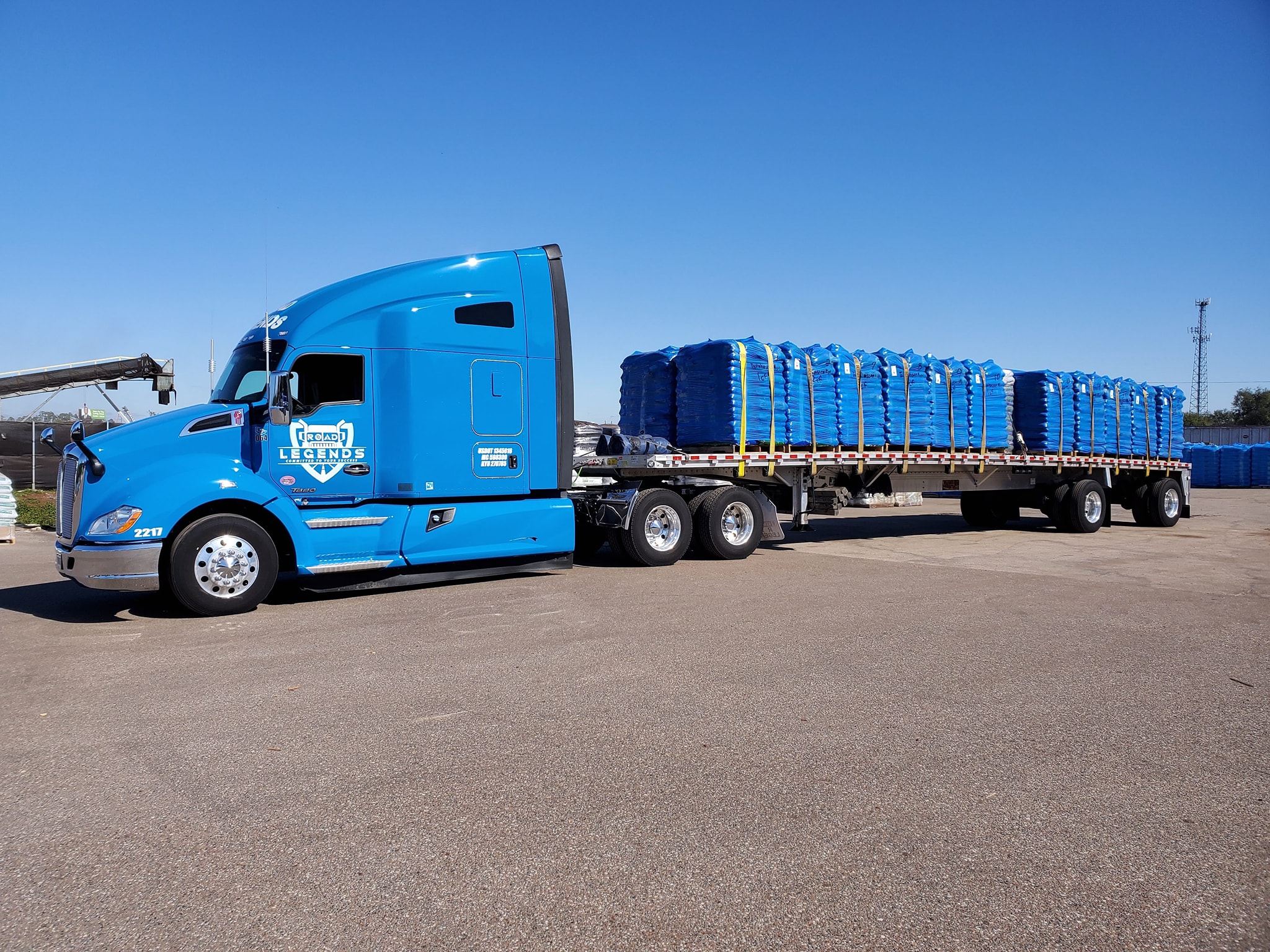
Ensuring the security of your flatbed load begins with the proper threading and hooking of straps. Start by threading the hooked end of each strap through the outer safety rail and attaching it to the underframe of the trailer. Neatly roll up the straps and toss them over your freight, providing an organized approach to securing the load. Guide the ends through the winch slots on the opposite side of the flatbed, preparing them for tightening. Twist the winches to eliminate slack, ensuring a firm and snug fit around the cargo. To complete the process, insert the winch bar tip into the side hole of the winch and lower the bar as needed until the straps are securely tightened. Following these steps creates a reliable flatbed load securement system, promoting both the safety of your cargo and that of fellow road pedestrians.
3. Heavier items go at the bottom
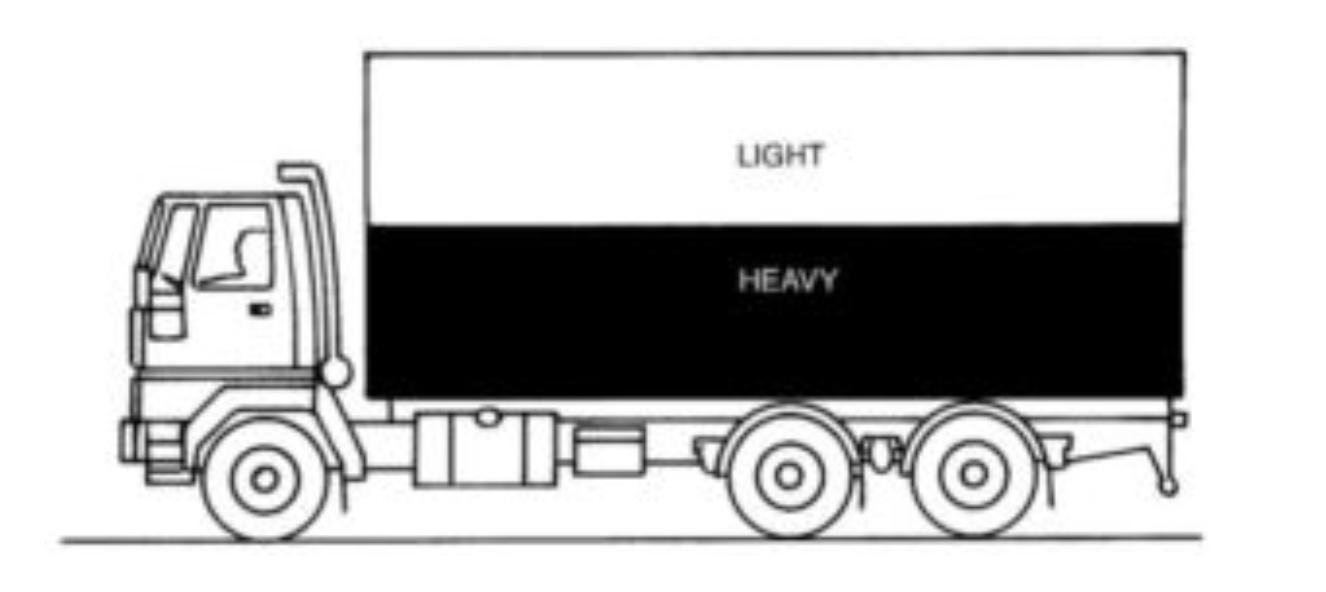
Ensure the heavy items are placed lower in the flatbed truck while the lighter ones go on top. This practice holds critical importance for various reasons:
- Placing heavier loads at the bottom contributes to a lower center of gravity, significantly enhancing the overall stability of the trailer.
- The arrangement safeguards lighter items from potential breakages or damages during transportation.
- With the heavier items situated at the bottom, the risk of the trailer rolling is minimized, ensuring a safer journey.
Before loading, clearly understand the transported items to avoid overloading. Maintain material level with the truck bed, allowing slight elevation if securely fastened. Choosing an appropriate vehicle is crucial to prevent overloading and potential damage. Seeking advice from experts before loading ensures a well-informed and safe transportation process.
4. Check cargo vs. flatbed truck size
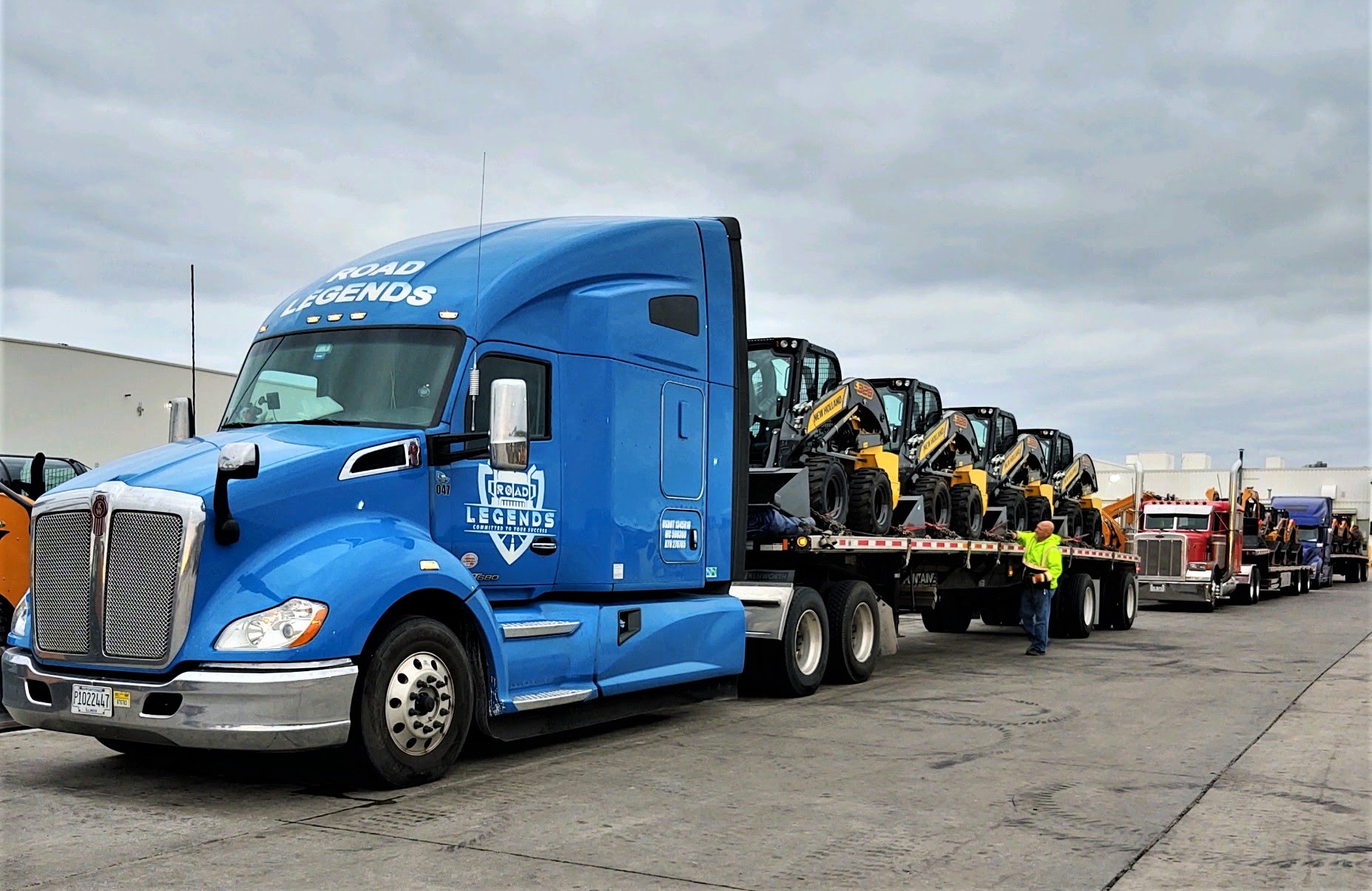
Speaking of cargo vs truck size, check if both are matched correctly. This may sometimes be confusing for truck drivers, but it's crucial to consider it. Neglecting it could lead to securing cargo improperly. If the cargo is too small for the truck, it might shift excessively during transit, risking damage. Alternatively, if you use a flatbed truck with excess space, the cargo may be packed too tightly, resulting in harm. Ensuring a proper fit streamlines the packaging process. Hence, invest time in calculating the shipment size beforehand. Confirm that the trailer's width and height offer enough room to secure the load. Before loading, assess if the cargo's forward movement is effectively restricted, which is a positive indication. Examine these elements diligently to maintain your cargo damage-free and prevent potential accidents.
5. Choose the right equipment for securing cargo
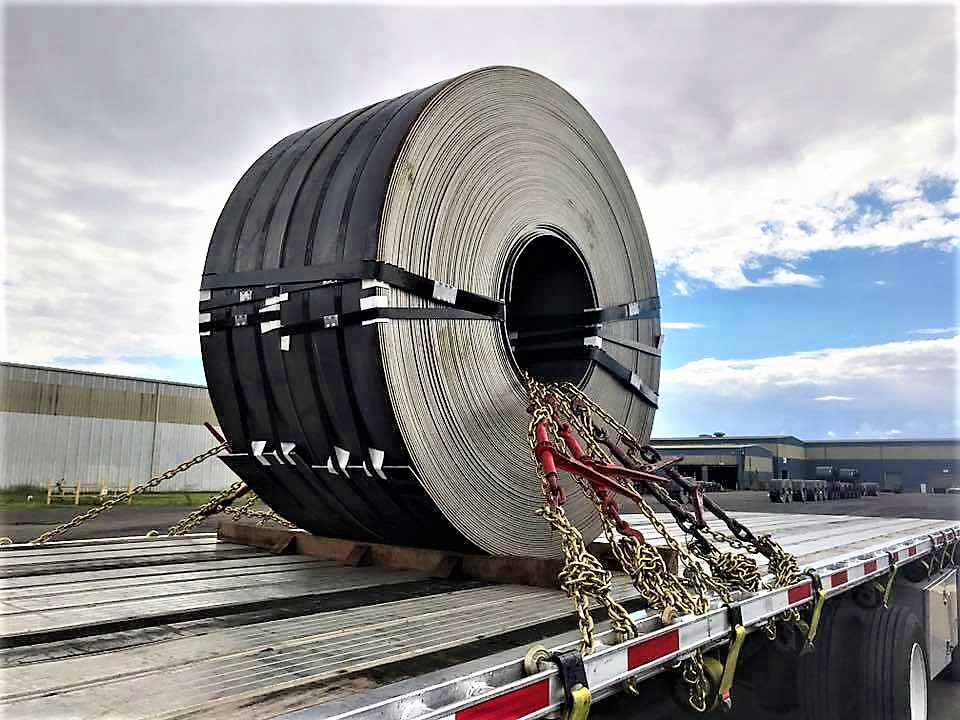
Choosing the right equipment to secure cargo is like finding the perfect match for the job. It's a mix of science and art, where the chosen tie-downs, chains, tensioners, dunnage, and edge protectors must suit the specific weight and nature of the cargo. Each piece plays a role, and they have to match not just the weight but also the unique characteristics of what you're transporting. It's a thoughtful process that needs careful consideration to ensure the cargo is secured and treated precisely.
6. Plan beforehand
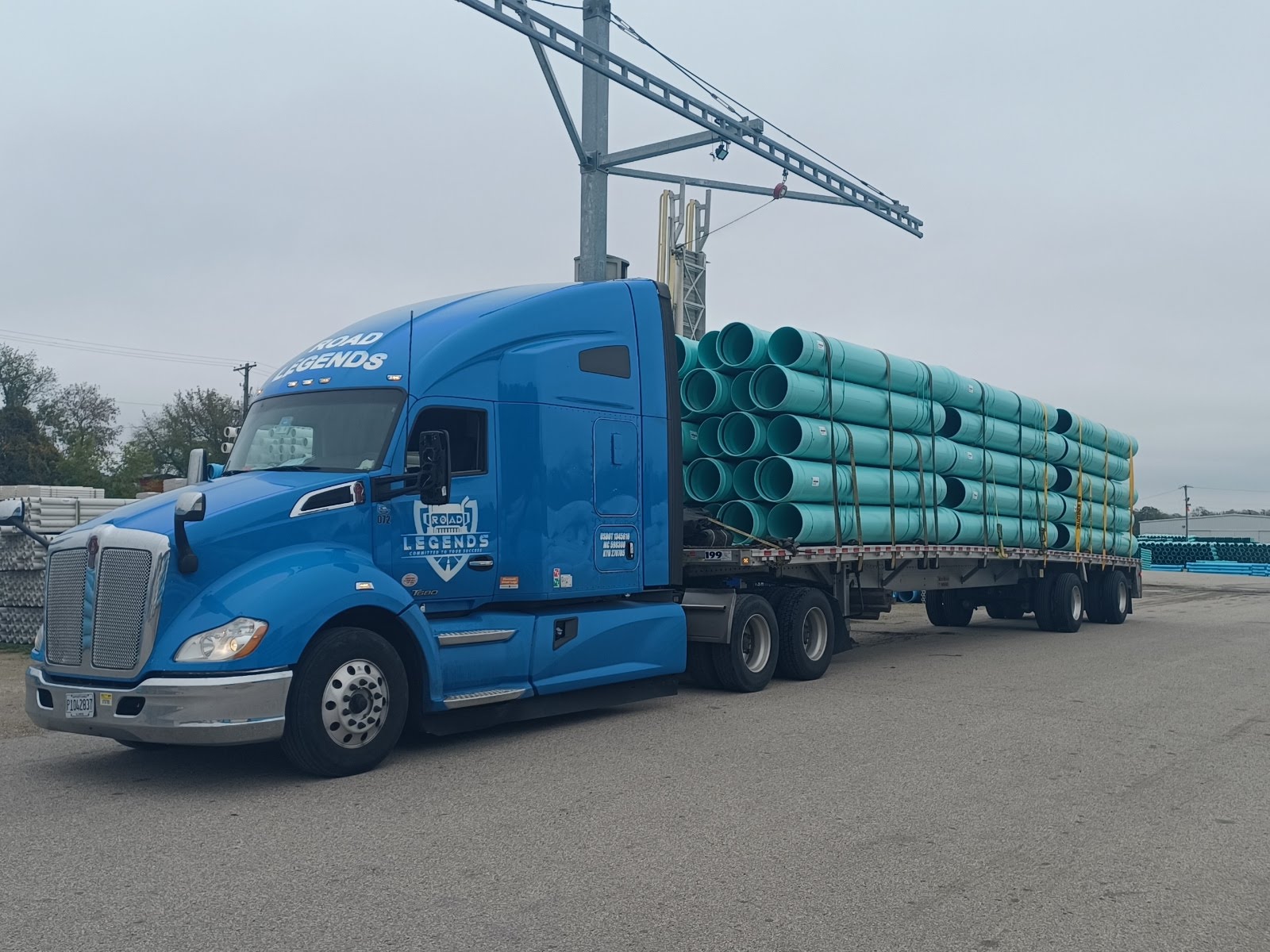
Think about a good way to make sure the load is secure. You might need to spend enough time and money on this plan. It's important to buy the right tools and teach your drivers how to use them. You should also decide what each person's job is based on their experience and skills. For example, determine who is good at loading and unloading and who should handle things if the load moves during the trip. Also, figure out what to do if a vehicle comes to a place with a shifted load. In this situation, decide who will check the load beforehand. It's best to carefully check the condition of the load and quickly decide who should unload it. A well-thought-out plan like this helps ensure the load stays safe and secure.
7. Documentation for loads
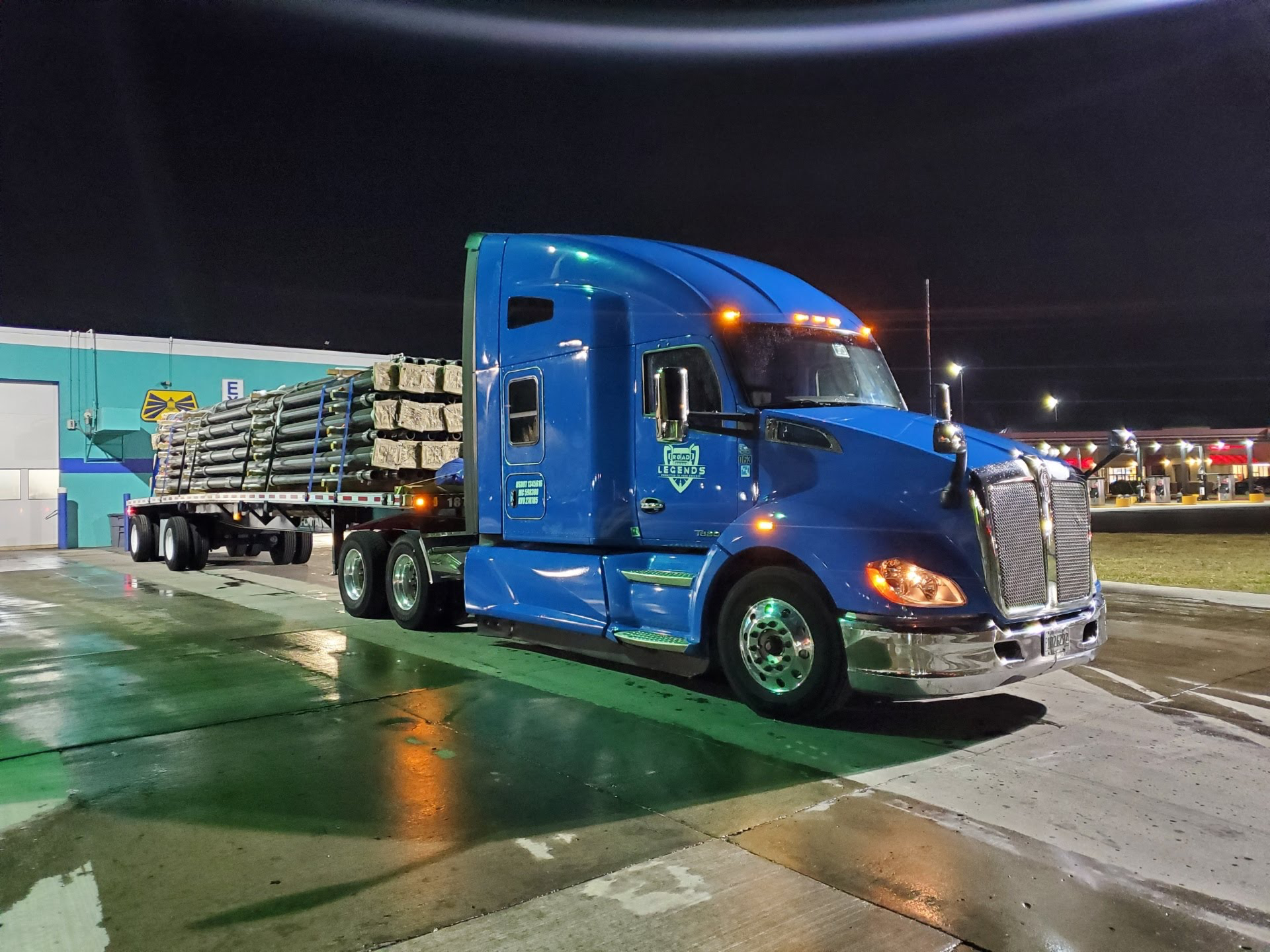
Maintaining documentation for future loads is crucial for efficient and safe cargo transport. It involves keeping a detailed equipment inventory and regularly assessing its condition. By maintaining a comprehensive record of pre-load inspections and other essential procedures, you'll clearly understand the condition of your cargo-securing tools, such as straps. This proactive approach lets you identify when a strap needs replacement or if additional equipment, like corner protectors for straps, is necessary to enhance their durability. A thorough record also enables you to anticipate and prepare for specific requirements and challenges associated with each load, ensuring a smoother and more confident hauling process.
Flatbed strapping regulations
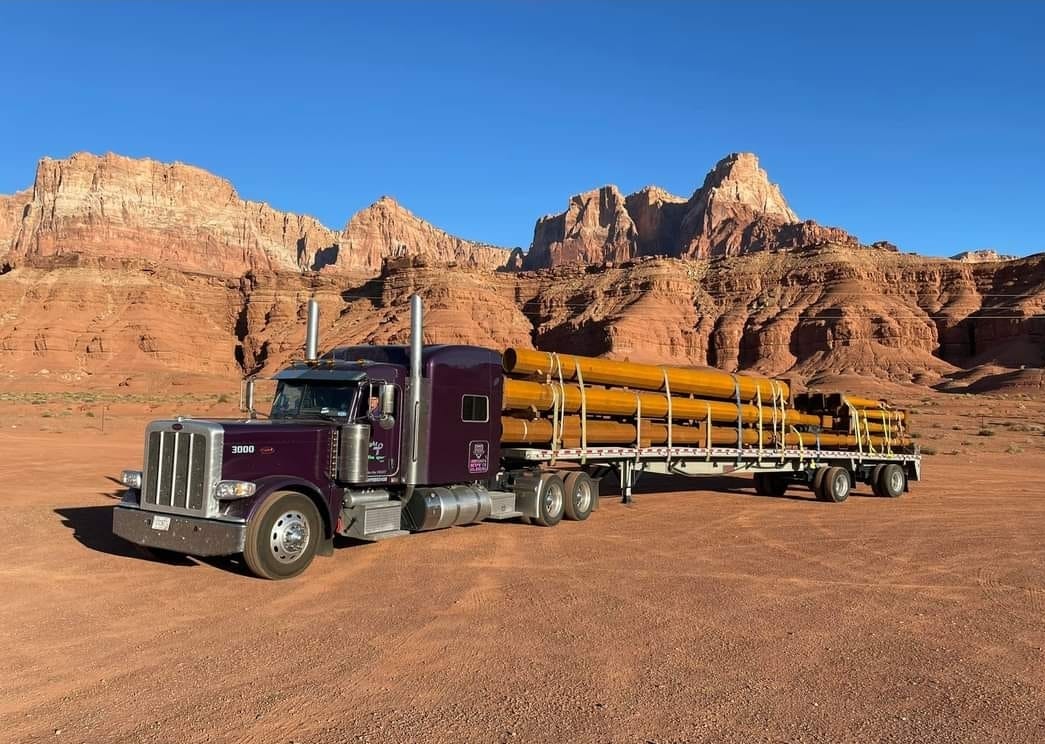
Flatbed strapping regulations are crucial in understanding the proper methods for securing flatbed loads. The Federal Motor Carrier Safety Administration (FMCSA) has established guidelines for securing various loads or cargo transported in devices like boxes, hoppers, tanks, or similar structures (excluding bulk commodities and substances lacking fixed structure/shape). The FMCSA outlines performance requirements for different securement situations, including forward deceleration, rearward acceleration, and lateral movement or shifts. According to FMCSA standards, every trailer and cargo type must incorporate a cargo securement system comprising three essential elements: vehicle structure (including walls, floors, decks, posts, tie-downs, and anchor points), securing devices (such as chains, ropes, strapping, claps, hooks, binders, winches, D-rings, bracing), and blocking and bracing materials (like cradles, chocks, and dunnage, designed to withstand crushing forces from cargo or tie-downs).
Moving towards the end…
As experienced providers of flatbed transportation services at Road Legends, we understand the importance of securing flatbed trailer loads. Our commitment to compliance with all securement regulations is unwavering, and every member of our truck driver team is well-trained in properly securing loads and items. This expertise ensures the safe and efficient delivery of cargo to its destination. Whether you have a partial or full truckload, don't hesitate to contact Road Legends for your transportation needs. We are not only equipped to transport your goods but also eager to answer any questions you may have about cargo securement, ensuring a seamless and secure journey for your valuable shipments.

Best 11 Trucking Podcasts We Bet You’ll Actually Enjoy
Country playlists and radio talk had their charm, but podcasts have completely changed the game for drivers. Check out this list of the 11 best trucking podcasts.

6 Practical Ways To Manage Truck Downtime Before It Costs You
Truck downtime can drain your revenue and hurt customer satisfaction. Discover simple, proactive steps to reduce downtime, improve fleet performance, and keep your trucks on the road where they belong.

Driver’s Knee Got You Down? Here’s How to Fight Back
Spending long hours on the road can lead to knee pain, known as Driver’s Knee. Learn how truckers can prevent and manage this common issue.